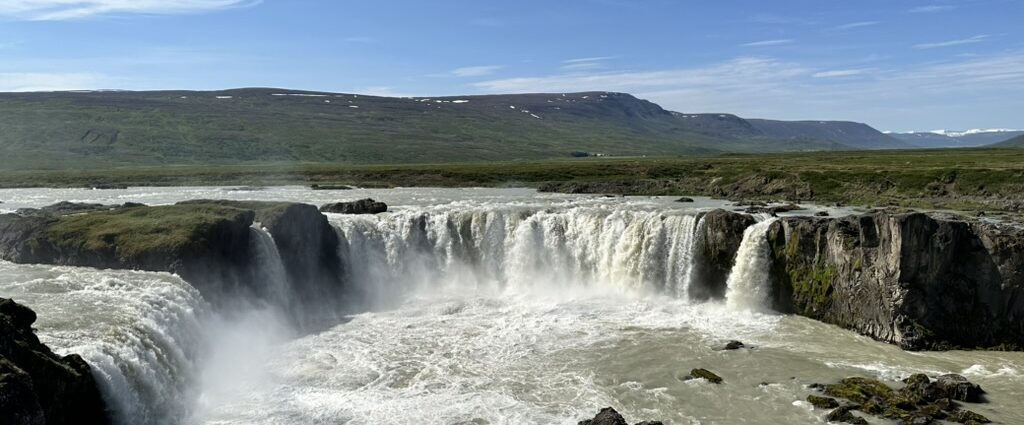I was thinking recently about an article I read last year on the BBC about a museum on Canvey Island, Essex, that averaged fewer than one visitor a day. The fascinating Bay Museum, located inside a Cold War naval magnetic monitoring station, is a trove of military treasures including an engine cylinder from a B-17 that crashed nearby in 1944. While this tiny museum only attracts around 200 visitors a year, it is nevertheless well supported by a dedicated team of local volunteers who are keen to share their stories with those few intrepid visitors who do find their way to this part of Canvey Island.
Museums such as the Bay Museum are a crucial part of the cultural landscape in the UK and play an important role in both engaging and energising local communities, as well as telling the unique history of the British Isles. Whether it is a museum telling the story of the Roman Invasion of Britain in 43AD or another one explaining the important role of the Kent Coal Mines in the 20th century, they all have a part to play in weaving together the tapestry of history to both inform and enthuse future generations.
According to Google there are more than 2,500 small museums in the UK, most of them attracting fewer than 10,000 visitors per year. However, when you look at the museums sector as a whole these small museums make up the majority of the sector, 56% or more according to a report in 2020. (Source: Mapping Museums 1960-2020). While a number of these small museums are still run by a benevolent local authority, the trend is very much moving towards a more stand alone approach with many of them now becoming independent trusts or community interest companies. As a trustee of one such museum I am often struck by the amazing commitment made by our small group of volunteers who take immense pride in showing visitors around and explaining the unique social history behind every object.
These museums are often run on a shoestring budget and rely on grants and fund-raising to make sure they can keep the doors open for another year. Sometimes it seems as if they are under appreciated by the local community who see them as something for the tourists to visit. But in reality they are so much more. They tell the history of a place, or of an event that happened there. They give us an insight into how our ancestors lived and died, they tell us about the events that shaped our country and our community, and they provide an invaluable source of learning and knowledge for the people that will come after us. Let’s make sure they are there tomorrow by supporting them, by visiting, by donating or by volunteering. Go and find one this weekend.
